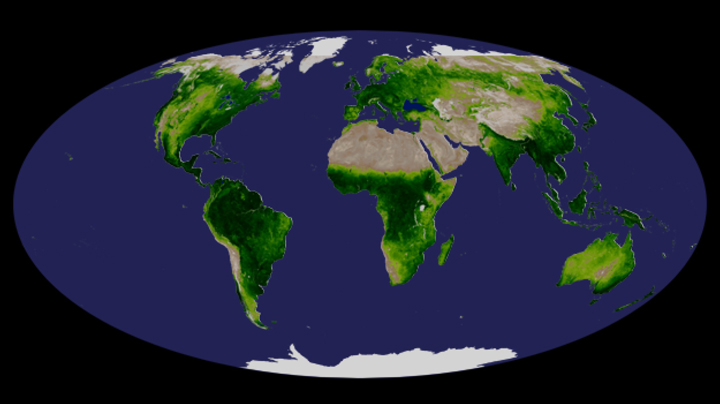 A recent study published in Nature now estimates that there are 3.04 trillion trees on Earth, a number that is almost 8 times higher than previous estimates
A recent study published in Nature now estimates that there are 3.04 trillion trees on Earth, a number that is almost 8 times higher than previous estimates
Scientists rely primarily on remotely-sensed to obtain estimates of global tree populations. Satellites provide the best opportunity to achieve a global perspective, but their view of tree forest canopies from above tends to obscure individual trees and shorter trees, making it difficult to make accurate estimates. In addition, satellites are limited by their spatial resolution, not every tree is as obvious as a Redwood alone in a field. The Redwood example also points to another complication, the definition of a tree, which for most studies, including the one in Nature, is vegetation with woody stems 10 cm in diameter or larger at chest height. Thus, counting trees is a difficult process because they can vary in size and can hide beneath the canopy of larger trees, as well as be too small to be seen in satellite images.
To get a better estimate of the actual number of trees on Earth, researchers combined data from multiple vegetation indexes, including the Enhanced Vegetation Index (EVI) from the Moderate Imaging Spectroradiometer (MODIS) onboard Terra, with actual tree counts for over 430,000 hectares from 14 different biomes on Earth (there is an estimated 4 million hectares of forested land on Earth). Merging the ground measurements and applying them to the different areas of land cover visible through satellite images resulted in the more accurate estimate of tree population possible with surprisingly large results.

